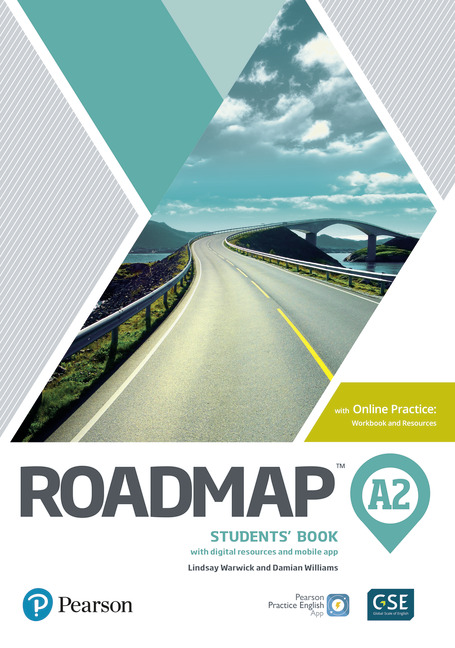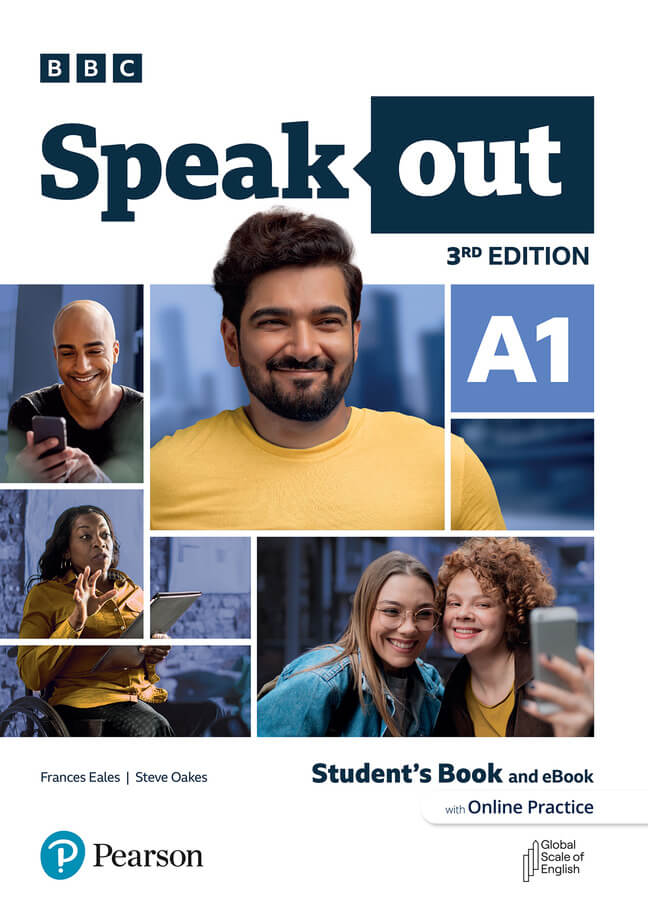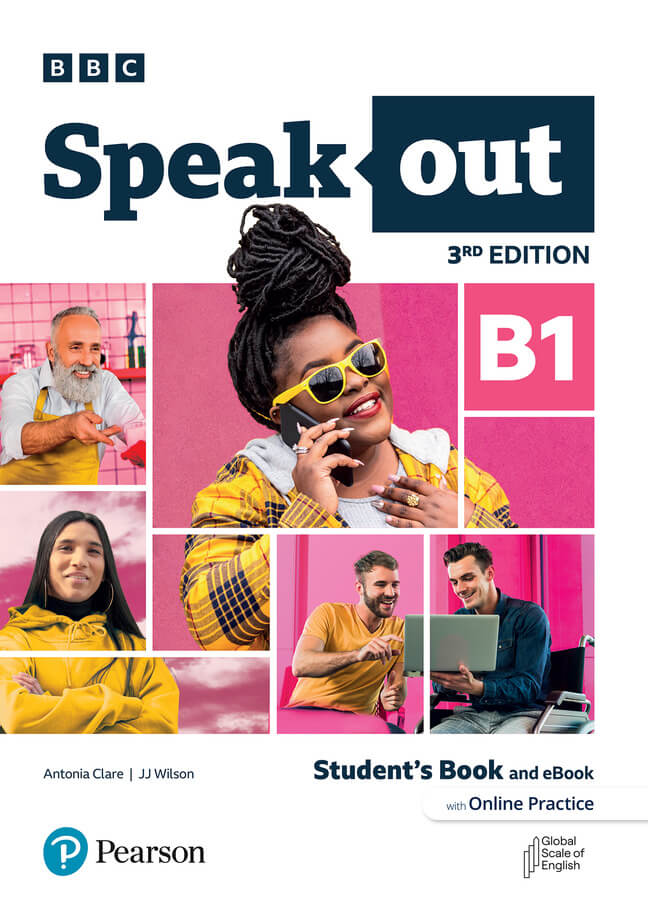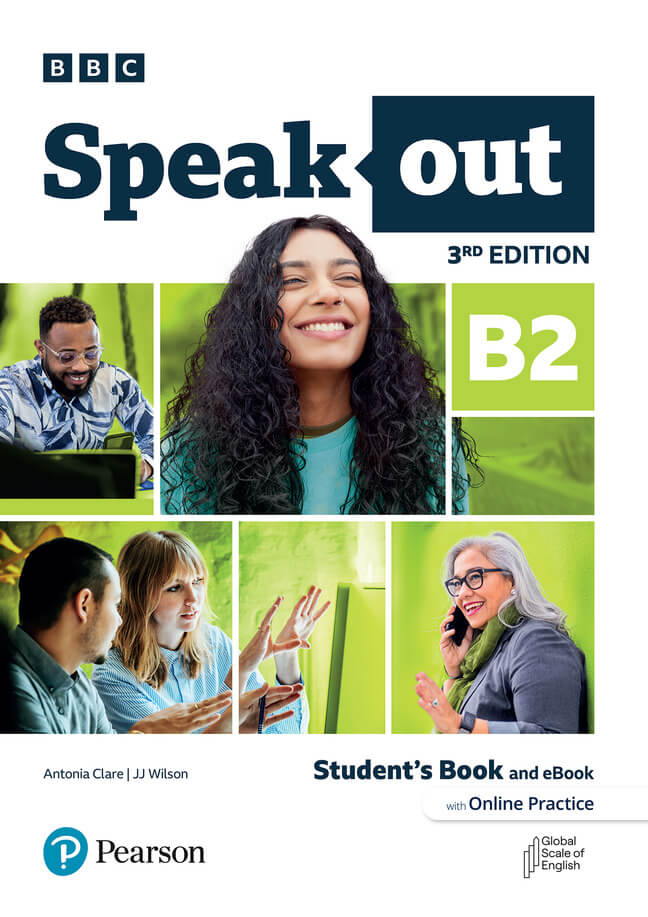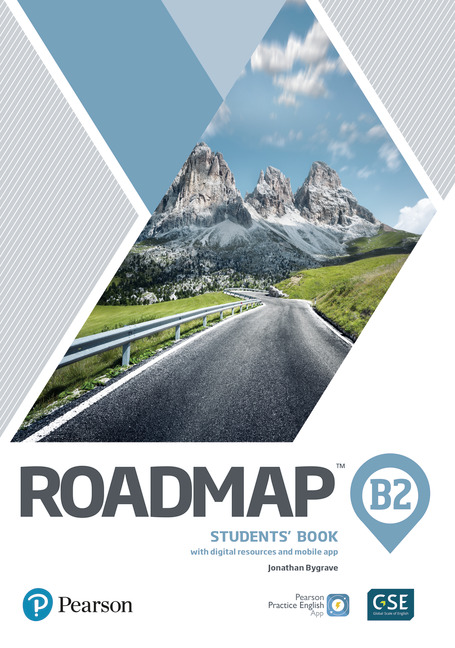The Best Books for Learning English for Adults
Oleksandra Kulish
Book expert
To effectively learn English on your own, you need to start with the basics — a clear understanding of the structure and order of learning. For example, figuring out how to form the past tense in English: simple past, continuous, perfect — this is the foundation on which the pace of learning changes. At the same time, it is important to understand how to form the past tense in English in sentences — which verbs have regular forms and which are irregular. Self-analysis and gradually increasing the complexity of the material help you understand the logic of past forms and how to distinguish between past tenses in English, as well as how to correctly construct sentences in the past tense in English.

Basic past tenses in English: features and usage
When learning English, it is necessary to master the four main past tense forms. Students usually start with the past simple, then move on to the past perfect, and then learn the continuous forms — the past continuous and the past perfect continuous. All of them describe events that have already taken place, but each form has its own characteristics in terms of meaning and structure.
Past simple
Past Simple is used to describe a completed action that took place at a specific moment in the past and has no direct connection to the present.
Typical markers:
- yesterday;
- last (week / month / year);
- ago;
- when.
Examples:
- She visited her grandparents last weekend. — She visited her grandparents last weekend.
- My brother finished his project two days ago.
Affirmative sentences:
- Regular verbs: add the ending -ed → work — worked.
- Irregular verbs have their own forms → go — went, have — had.
Questions are formed using did: Did Anna travel to London last summer?
Negatives use did not (didn’t): he didn’t watch this film yesterday.
Past Continuous
Used to describe actions that lasted at a certain moment or during a certain period in the past.
Marker words:
- yesterday at 5 p.m.;
- while;
- all evening;
- from … to …
Examples:
- I was reading a book at 10 o’clock yesterday. — I was reading a book at 10 o’clock yesterday.
- They were playing football while it was raining. — They were playing football while it was raining.
Affirmative sentences
- Pattern: was / were + verb with -ing.
- She was painting all afternoon. — She was painting all afternoon.
Questions:
- Was Tom studying when you called? — Was Tom studying when you called?
Negative
- wasn’t / weren’t:
- We weren’t sleeping at midnight. — We weren't sleeping at midnight.
Past Perfect
Indicates an action that took place before another event or was completed before a certain point in the past.
Marker words:
- before;
- already;
- by (that time);
- just;
- since.
Examples:
- By the time I arrived, she had already left. — By the time I arrived, she had already left.
- They had finished lunch before the guests came. — They had finished lunch before the guests came.
Affirmative sentences:
- Formula: had + Past Participle.
- We had visited Paris before we moved to Rome. — We had visited Paris before we moved to Rome.
Question:
- Had you met him before the conference? — Had you met him before the conference?
Negative
- hadn’t:
- She hadn’t studied English before school. — She hadn’t studied English before school.

Past Perfect Continuous (Past Perfect Continuous Tense)
Used to describe actions that lasted for some time in the past and ended before another action or moment.
Marker words:
- for / since;
- before;
- how long.
Examples:
- He had been waiting for an hour before the train arrived. — He had been waiting for an hour before the train arrived.
- They had been working on the project since morning before the manager checked it.
Affirmative sentences
- Formula: had been + verb with -ing.
- Maria had been studying all evening before she took a break.
Questions:
- Had you been working long before the meeting started? — Had you been working long before the meeting started?
Negative:
- She hadn’t been waiting long before the taxi arrived. — She hadn’t been waiting long before the taxi arrived.
And finally, a handy table showing how to form the past tense in English:
|
Tense |
Formula |
When to use |
Example in English |
|
Past Simple |
Subject + V2 / V-ed |
A completed action in the past that has no connection to the present |
She visited London last year. |
|
Past Continuous |
subject + was/were + V-ing |
An action that lasted at a certain moment in the past or occurred simultaneously with another action |
They were watching TV at 9 p.m. |
|
Past Perfect |
subject + had + V3 (Past Participle) |
The action was completed before another past event |
She had left before I arrived. |
|
Past Perfect Continuous |
subject + had been + V-ing |
The action lasted for some time in the past and was completed before another |
He had been working for hours before he stopped. |
Common mistakes when using the past tense: how to distinguish between past tenses in English
Despite the simplicity of the English past tense, there are a number of common mistakes that are often made in writing and speaking. Here are some tips on how to identify the past tense in English and avoid mistakes:
- Past Simple = a fact in the past. Always use the 2nd form of the verb (V2 / -ed). She watched a film yesterday.
- Do not put the verb in the past tense after DID. Did you see him? ❌ Did you saw him?✅
- Past Continuous describes a continuous action at a specific moment. Use was/were + V-ing. I was reading at 9 p.m.
- Past Simple + Past Continuous often go together. Past Simple = short action, Past Continuous = background action. I was cooking when she arrived.
- Past Perfect = an action that took place before another past action. She had left before I came.
- Remember: had + V3 (Past Participle). Not: had went ❌ → correct: had gone ✅.
- Past Perfect Continuous = continuous action before another past action. He had been working for 2 hours before the meeting started.
- Do not confuse time markers. Yesterday, ago, last → only Past Simple; for, since → often Past Perfect Continuous; already, just, by the time → Past Perfect.
- In questions and negations, the verb form is always basic.✅ He didn’t play yesterday. ❌ He didn’t played yesterday.
- Do not describe chronological events using Past Perfect. If events follow one another → use Past Simple. She woke up, had breakfast and went to work.
Always keep a chart handy that clearly shows how the past tense is formed in English if you are not 100% confident in your knowledge and make mistakes from time to time.

The best English textbooks for adults to learn the past tense
For a deeper understanding of the structure of the English language and mastery of the past tense, it is worth choosing textbooks that focus on grammar, which help to systematise knowledge and apply rules with greater confidence. A classic choice is the textbook English Grammar in Use by Raymond Murphy. For those who have already mastered the basics and want to deepen their knowledge, Martin Hewings' Advanced Grammar in Use is ideal.
For specific grammar questions and examples of how to construct sentences in the past tense in English, Michael Swan's Practical English Usage is an excellent resource. The MyGrammarLab, Grammar Time, and New Round Up series of textbooks are also useful for studying grammar. The Grammar Practice series combines a variety of resources for improving grammar skills, including:
- textbooks and exercise books;
- online platforms and applications;
- tests and quizzes;
- video and audio materials;
- interactive exercises.
These materials contribute to a comprehensive mastery of the English language. Now you know more about how the past tense is formed in English and other useful information, and you can put your knowledge into practice.










